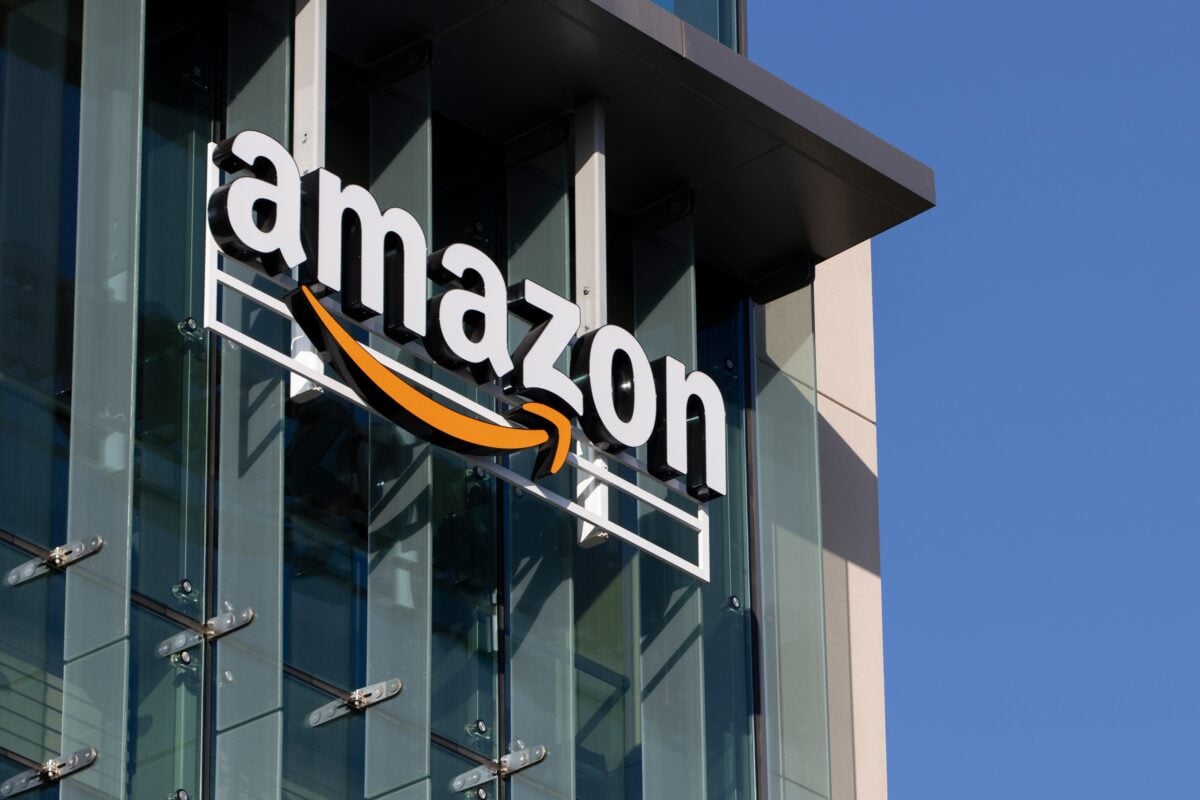TLDRs:
- Amazon maintains 250,000 holiday hires while automation improves efficiency 10%.
- Direct shipping lanes and larger boxes reduce handling, boosting order speed.
- Same-day and next-day deliveries rise 30% amid steady seasonal workforce.
- Peak-season surcharges from FedEx and UPS reshape holiday logistics planning.
Amazon has confirmed plans to hire 250,000 workers for the 2025 holiday season, keeping its seasonal workforce consistent with the previous two years.
The positions span full-time, part-time, and temporary roles, signaling the company’s continued reliance on both human labor and technology to manage surging holiday demand. While other U.S. retailers, including some major chains, have yet to finalize their hiring strategies, Amazon’s approach highlights its confidence in balancing labor and automation.
Industry analysts note that this level of hiring comes as U.S. companies overall are projected to add fewer than 500,000 seasonal jobs in 2025, the lowest since 2009. Transportation and warehousing roles, in particular, are expected to decline for the fourth consecutive year.
Robots and AI Drive Operational Gains
Amazon’s efficiency gains this year are largely attributed to its advanced automation initiatives. The company recently celebrated the deployment of its one millionth warehouse robot and introduced the DeepFleet AI system, which has improved robot travel efficiency by roughly 10%.
By optimizing the movement of goods and reducing unnecessary handling, Amazon can move more packages without a proportional increase in human staff.
Additionally, more orders are now routed via direct lanes that bypass intermediate sorting hubs, a strategy that has grown over 40% year-over-year. Coupled with larger boxes capable of holding more items, these adjustments reduce handling and travel distance, boosting productivity across fulfillment centers.
Faster Deliveries Without More Staff
Despite keeping headcount steady, Amazon has achieved notable improvements in delivery speed. Same-day and next-day shipments have risen by approximately 30%, reflecting the combined impact of robotics, AI, and process optimization.
E-commerce sales during the holiday period are projected to reach $253.4 billion in November and December, up 5.3% from 2024. While consumers are expected to adjust spending due to inflationary pressures and a softening job market, Amazon’s operational efficiencies position it to handle increased order volumes without expanding its seasonal workforce.
Holiday Shipping Costs and Logistics
Peak-season surcharges from major carriers are reshaping the holiday logistics landscape. FedEx will implement additional fees from late September through December 28, while UPS plans surcharges from September 28, 2025, through January 17, 2026.
These changes encourage merchants to explore dynamic routing tools offered by e-commerce platforms, allowing shipments to be optimized in real-time based on price, destination, and speed. Smaller regional carriers, including OnTrac, GLS US, UniUni, SpeedX, and LSO, are becoming viable alternatives for businesses seeking to avoid peak surcharges. Third-party logistics providers are also capitalizing on this trend, consolidating surcharge data across carriers to provide smarter, cost-effective shipping solutions.
Amazon’s blend of human labor, robotics, and AI technologies illustrates a shifting holiday fulfillment strategy: one that emphasizes speed, efficiency, and adaptability over sheer workforce expansion. As e-commerce continues to grow, these innovations may become a blueprint for how major retailers handle peak-season demands without significantly increasing staffing costs.






